Indoor Lettuce Growing: Imagine fresh, crisp lettuce, bursting with flavor, available right at your fingertips, no matter the season! Forget those limp, pre-packaged greens from the grocery store. This isn’t just a dream; it’s a delicious reality you can create with a few simple tricks and a little DIY magic.
Growing your own food, even something as simple as lettuce, connects us to a long and fascinating history. From ancient Egyptians cultivating lettuce for its seeds to the Romans spreading it throughout Europe, lettuce has been a staple crop for millennia. Now, we’re bringing that tradition indoors, adapting it for modern living.
Why should you try indoor lettuce growing? Well, for starters, it’s incredibly rewarding! There’s nothing quite like harvesting your own food. Plus, it’s a fantastic way to reduce your carbon footprint, save money, and ensure you’re eating the freshest, healthiest greens possible. In this article, I’ll share my favorite DIY hacks and tricks to help you cultivate a thriving indoor lettuce garden, even if you have limited space or experience. Get ready to ditch the store-bought lettuce and embrace the joy of homegrown goodness!
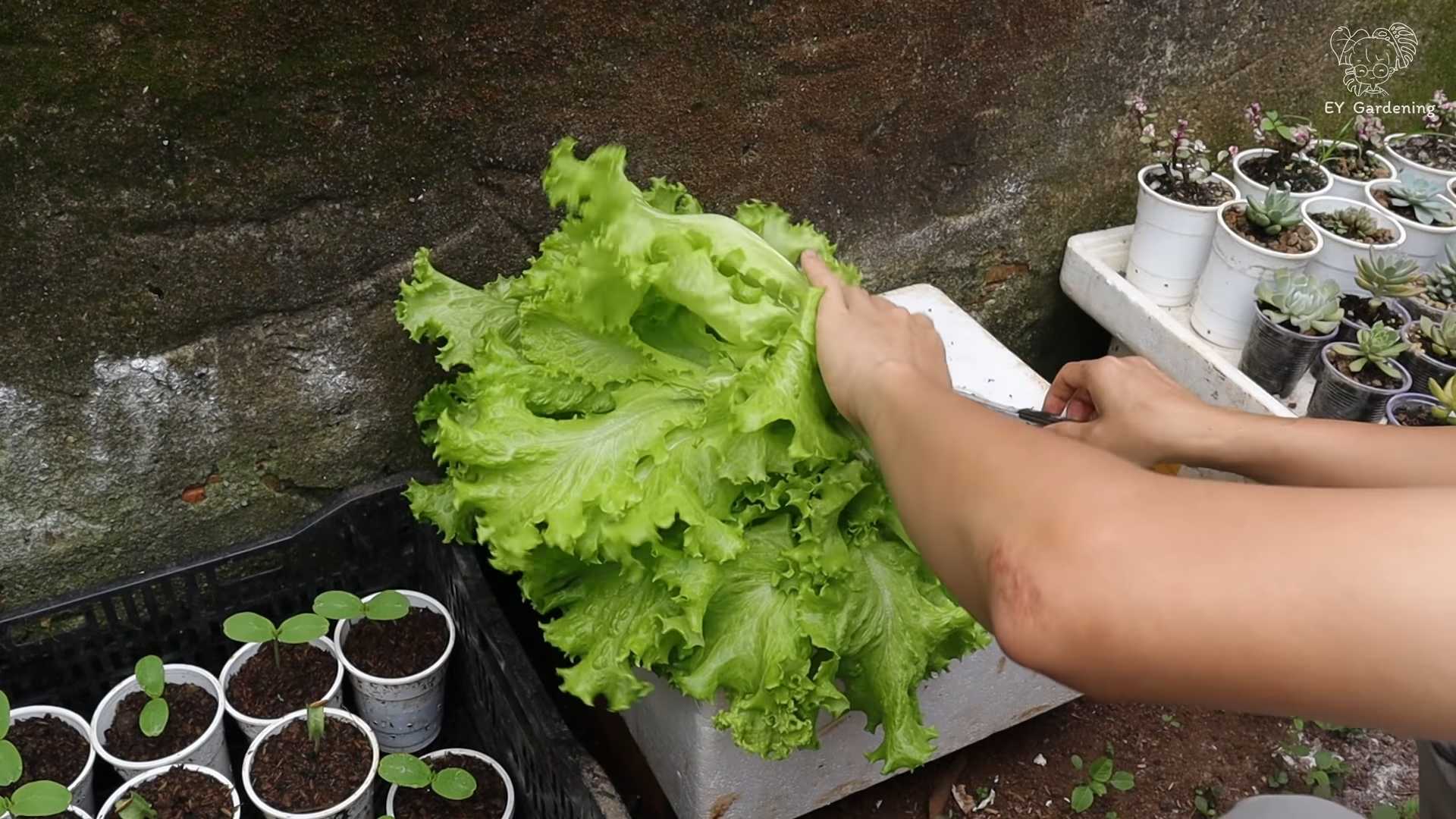
Grow Your Own Lettuce Indoors: A Beginner’s Guide
Hey there, fellow plant enthusiasts! Are you craving fresh, crisp lettuce but don’t have the outdoor space or the weather isn’t cooperating? No problem! I’m going to walk you through how to grow your own delicious lettuce indoors. It’s easier than you think, and the reward of a fresh salad right from your windowsill is totally worth it.
What You’ll Need
Before we dive in, let’s gather our supplies. Here’s a list of everything you’ll need to get started:
* **Lettuce Seeds:** Choose a variety that does well indoors. Loose-leaf varieties like Black Seeded Simpson, Salad Bowl, or Red Sails are excellent choices because you can harvest leaves as needed without pulling up the whole plant.
* **Containers:** You can use anything from plastic pots to repurposed containers like yogurt cups or takeout containers. Just make sure they have drainage holes! I personally love using rectangular planters because they maximize space.
* **Potting Mix:** Don’t use garden soil! It’s too heavy and doesn’t drain well. Opt for a lightweight potting mix specifically formulated for containers.
* **Grow Lights (Optional but Recommended):** While lettuce can grow near a sunny window, grow lights will provide consistent light and ensure a better harvest, especially during the winter months. LED grow lights are energy-efficient and work great.
* **Watering Can or Spray Bottle:** For gentle watering.
* **Seed Starting Tray (Optional):** If you prefer to start your seeds indoors before transplanting.
* **Small Shovel or Spoon:** For handling potting mix.
* **Fertilizer (Optional):** A balanced liquid fertilizer can help boost growth, but it’s not essential.
Choosing the Right Lettuce Variety
Not all lettuce is created equal, especially when it comes to indoor growing. Here’s a quick rundown of some varieties that thrive indoors:
* **Black Seeded Simpson:** A classic loose-leaf variety that’s quick to mature and easy to grow. It has a mild flavor and is very productive.
* **Salad Bowl:** Another popular loose-leaf option with attractive, oak-leaf shaped leaves. It’s heat-tolerant and slow to bolt (go to seed).
* **Red Sails:** A beautiful red-tinged loose-leaf lettuce that adds a pop of color to your salad. It’s also very nutritious.
* **Buttercrunch:** A butterhead lettuce with soft, buttery leaves and a slightly sweet flavor. It’s a bit more challenging to grow than loose-leaf varieties, but worth the effort.
* **Tom Thumb:** A miniature butterhead lettuce that’s perfect for small spaces. It forms small, compact heads.
Getting Started: Planting Your Lettuce Seeds
There are two main ways to start your lettuce: direct sowing into your containers or starting seeds in a tray and transplanting later. I prefer direct sowing because it’s less work, but both methods work well.
Method 1: Direct Sowing
1. **Prepare Your Containers:** Fill your containers with potting mix, leaving about an inch of space at the top. Gently pat down the soil.
2. **Sow the Seeds:** Sprinkle the lettuce seeds evenly over the surface of the soil. Lettuce seeds are tiny, so don’t worry about spacing them perfectly.
3. **Cover the Seeds:** Lightly cover the seeds with a thin layer of potting mix (about 1/4 inch).
4. **Water Gently:** Use a spray bottle or watering can with a gentle nozzle to moisten the soil. Be careful not to wash away the seeds.
5. **Provide Light:** Place your containers in a sunny window or under grow lights. If using grow lights, position them a few inches above the soil surface.
6. **Keep the Soil Moist:** Keep the soil consistently moist but not soggy. Water when the top inch of soil feels dry to the touch.
Method 2: Starting Seeds in a Tray
1. **Fill the Seed Starting Tray:** Fill the cells of your seed starting tray with potting mix.
2. **Sow the Seeds:** Place 2-3 lettuce seeds in each cell.
3. **Cover the Seeds:** Lightly cover the seeds with a thin layer of potting mix.
4. **Water Gently:** Moisten the soil with a spray bottle.
5. **Provide Light:** Place the tray in a sunny window or under grow lights.
6. **Keep the Soil Moist:** Keep the soil consistently moist.
7. **Transplant Seedlings:** Once the seedlings have developed a few sets of true leaves (usually after 2-3 weeks), carefully transplant them into your containers. Gently remove the seedlings from the tray, being careful not to damage the roots. Plant them in your containers, spacing them a few inches apart.
Caring for Your Indoor Lettuce
Once your lettuce seeds have germinated (usually within a week) and your seedlings are growing, it’s time to focus on providing the right care.
1. **Light:** Lettuce needs at least 6 hours of sunlight per day. If you’re growing lettuce near a window, rotate the containers regularly to ensure even growth. If you’re using grow lights, keep them on for 12-14 hours per day.
2. **Watering:** Water your lettuce regularly, keeping the soil consistently moist but not soggy. Overwatering can lead to root rot, so make sure your containers have good drainage. I usually check the soil moisture every day and water when the top inch feels dry.
3. **Temperature:** Lettuce prefers cool temperatures (60-70°F). Avoid placing your lettuce near heat sources like radiators or vents.
4. **Fertilizing (Optional):** If you want to give your lettuce a boost, you can fertilize it every few weeks with a balanced liquid fertilizer. Follow the instructions on the fertilizer label. I personally use a diluted fish emulsion fertilizer.
5. **Thinning:** If you direct sowed your seeds, you may need to thin out the seedlings once they’re a few inches tall. This will give the remaining plants more room to grow. Simply snip off the extra seedlings at the soil line.
6. **Pest Control:** Indoor lettuce is generally less susceptible to pests than outdoor lettuce, but you may still encounter aphids or spider mites. If you notice any pests, you can try spraying them with insecticidal soap or neem oil. I usually just wipe them off with a damp cloth.
Harvesting Your Lettuce
The best part of growing your own lettuce is, of course, harvesting it! With loose-leaf varieties, you can start harvesting leaves as soon as they’re big enough to eat (usually around 4-6 inches long).
1. **Harvesting Loose-Leaf Lettuce:** Simply snip off the outer leaves with scissors or a knife, leaving the inner leaves to continue growing. This is called “cut-and-come-again” harvesting, and it allows you to harvest lettuce for several weeks.
2. **Harvesting Head Lettuce:** Once the head is firm and the desired size, cut it off at the base with a knife.
Troubleshooting Common Problems
Even with the best care, you may encounter some problems when growing lettuce indoors. Here are a few common issues and how to fix them:
* **Leggy Seedlings:** This is usually caused by insufficient light. Make sure your lettuce is getting enough sunlight or grow light.
* **Yellowing Leaves:** This can be caused by overwatering, underwatering, or nutrient deficiencies. Check the soil moisture and adjust your watering accordingly. You may also need to fertilize your lettuce.
* **Bolting (Going to Seed):** Lettuce bolts when it gets too hot. Try to keep your lettuce in a cool location.
* **Pests:** As mentioned earlier, aphids and spider mites are the most common pests. Treat them with insecticidal soap or neem oil.
Extending Your Harvest
To keep your lettuce supply going, you can succession sow seeds every few weeks. This means planting a new batch of seeds every 2-3 weeks. This will ensure that you always have fresh lettuce to harvest.
I also recommend trying different varieties of lettuce to see which ones you like best and which ones grow best in your indoor environment. Experimenting is part of the fun!
Enjoying Your Homegrown Lettuce
Now that you’ve harvested your delicious homegrown lettuce, it’s time to enjoy it! Here are a few ideas:
* **Salads:** The most obvious choice! Use your lettuce as the base for a fresh and healthy salad.
* **Sandwiches and Wraps:** Add lettuce to your sandwiches and wraps for extra crunch and flavor.
* **Lettuce Wraps:** Use large lettuce leaves as wraps for ground meat, tofu, or vegetables.
* **Garnish:** Use lettuce as a garnish for soups, stews, and other dishes.
Growing your own lettuce indoors is a rewarding experience that allows you to enjoy fresh, healthy greens year-round. With a little bit of care and attention, you can have a thriving lettuce garden right in your home. Happy growing!
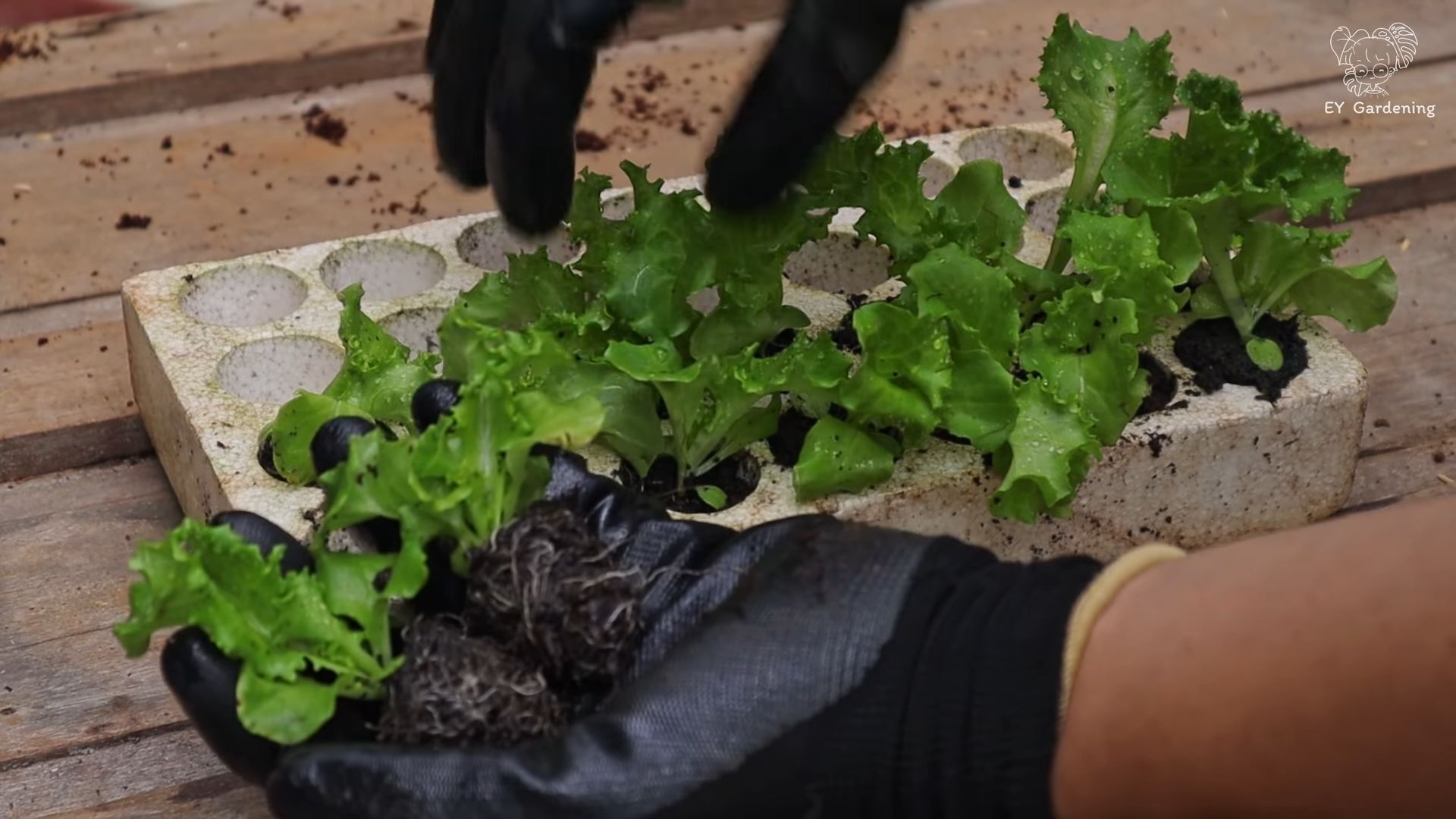
Conclusion
So, there you have it! Growing your own lettuce indoors is not only achievable but also incredibly rewarding. Forget those limp, overpriced greens from the grocery store. With a little effort and this simple DIY trick, you can have a constant supply of fresh, crisp lettuce right at your fingertips.
Why is this a must-try? Because it puts you in control. You control the quality, the freshness, and even the variety of lettuce you enjoy. Imagine the satisfaction of harvesting your own salad ingredients just minutes before dinner. Think of the money you’ll save, and the reduced trips to the store. And consider the environmental impact – less packaging, less transportation, and a smaller carbon footprint.
This DIY method for indoor lettuce growing is particularly appealing because it’s adaptable. You can use a variety of containers, from repurposed plastic tubs to stylish ceramic pots. You can experiment with different lettuce varieties, from the classic Romaine and Butterhead to the more exotic Mesclun mixes. You can even adjust the lighting and nutrient solutions to optimize growth and flavor.
Looking for variations? Consider adding a small fan to improve air circulation and prevent mold. Experiment with different grow lights to find the perfect spectrum for your lettuce. Try adding companion plants like basil or chives to deter pests and enhance flavor. You can even create a tiered system to maximize space and grow multiple varieties at once.
The possibilities are endless, and the rewards are plentiful. Fresh, healthy lettuce, grown by your own hand, is a gift that keeps on giving. It’s a sustainable, cost-effective, and incredibly satisfying way to enjoy one of nature’s most versatile vegetables.
Don’t just take our word for it. We urge you to try this DIY trick for growing lettuce indoors. It’s easier than you think, and the results are well worth the effort. Once you’ve experienced the joy of harvesting your own fresh lettuce, you’ll never look at store-bought greens the same way again.
We’re confident that you’ll love this method as much as we do. So, grab your supplies, get your hands dirty, and start growing! And most importantly, we want to hear about your experience. Share your photos, tips, and stories in the comments below. Let’s build a community of indoor lettuce growers and inspire others to embrace this simple and rewarding practice. What are you waiting for? Your indoor lettuce garden awaits!
Frequently Asked Questions (FAQ)
What kind of lettuce grows best indoors?
Many lettuce varieties thrive indoors, but some are particularly well-suited for container gardening. Loose-leaf varieties like Black Seeded Simpson, Salad Bowl, and Red Sails are excellent choices because they mature quickly and can be harvested continuously. Butterhead varieties like Buttercrunch and Tom Thumb are also popular due to their compact size and tender leaves. Romaine lettuce can be grown indoors as well, but it may require a bit more space and light. Experiment with different varieties to find your favorites! Consider the available space and lighting when making your selection.
How much light does indoor lettuce need?
Lettuce needs at least 6-8 hours of light per day to grow properly. If you don’t have a sunny windowsill that provides enough natural light, you’ll need to supplement with artificial grow lights. Fluorescent lights or LED grow lights are both good options. Place the lights about 6-12 inches above the lettuce plants. Observe your plants closely; if they are leggy and stretching towards the light, they need more light. Adjust the height of the lights accordingly. A timer can be used to automate the lighting schedule.
What kind of soil should I use for indoor lettuce?
Use a well-draining potting mix specifically formulated for containers. Avoid using garden soil, as it can become compacted and doesn’t drain well in pots. A good potting mix will provide the necessary nutrients and aeration for healthy lettuce growth. You can also amend the potting mix with compost or other organic matter to improve its fertility. Make sure the container has drainage holes to prevent waterlogging.
How often should I water my indoor lettuce?
Water your lettuce regularly, keeping the soil consistently moist but not soggy. Check the soil moisture by sticking your finger about an inch into the soil. If it feels dry, it’s time to water. Avoid overwatering, as this can lead to root rot. Water in the morning to allow the foliage to dry before nightfall, which can help prevent fungal diseases. The frequency of watering will depend on factors such as the temperature, humidity, and size of the container.
How do I fertilize my indoor lettuce?
Lettuce is a relatively light feeder, but it still benefits from regular fertilization. Use a balanced liquid fertilizer diluted to half strength every 2-3 weeks. Alternatively, you can use a slow-release fertilizer incorporated into the potting mix at planting time. Avoid over-fertilizing, as this can lead to leggy growth and bitter-tasting leaves. Look for fertilizers specifically formulated for leafy greens.
How do I harvest my indoor lettuce?
You can start harvesting lettuce leaves as soon as they are large enough to eat, typically when they are about 4-6 inches long. Harvest the outer leaves first, leaving the inner leaves to continue growing. This cut-and-come-again method allows you to harvest lettuce continuously for several weeks. Avoid harvesting more than one-third of the plant at a time. Wash the harvested leaves thoroughly before eating.
What are some common problems with indoor lettuce growing and how do I fix them?
Some common problems include aphids, whiteflies, and fungal diseases. Aphids and whiteflies can be controlled with insecticidal soap or neem oil. Fungal diseases can be prevented by providing good air circulation and avoiding overwatering. If you notice any signs of disease, remove the affected leaves immediately. Ensure proper drainage to prevent root rot. Regularly inspect your plants for pests and diseases.
Can I grow lettuce indoors year-round?
Yes, you can grow lettuce indoors year-round, provided you have adequate light and temperature control. Lettuce prefers cooler temperatures, so avoid placing your plants near heat sources. With proper care, you can enjoy fresh lettuce from your indoor garden all year long.
What size container should I use for growing lettuce indoors?
A container that is at least 6 inches deep and wide is sufficient for growing lettuce indoors. The size of the container will depend on the variety of lettuce you are growing and how many plants you want to grow in each container. Larger containers will hold more moisture and require less frequent watering.
How do I prevent my indoor lettuce from bolting (going to seed)?
Bolting is when lettuce plants prematurely flower and produce seeds, which can make the leaves bitter. To prevent bolting, keep the plants cool and well-watered. Avoid exposing them to excessive heat or stress. Choose bolt-resistant varieties of lettuce. If you notice signs of bolting, harvest the remaining leaves immediately.

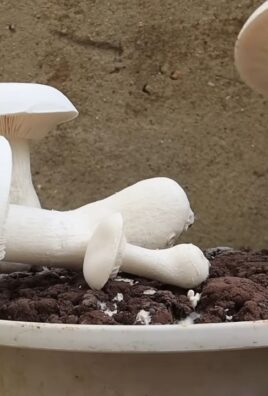
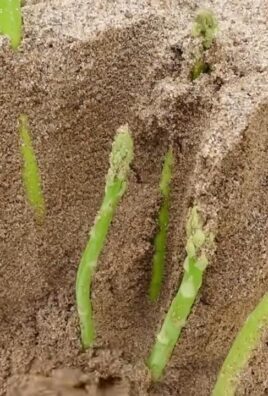
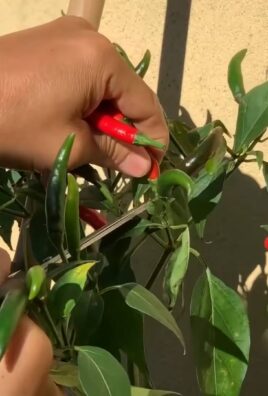
Leave a Comment